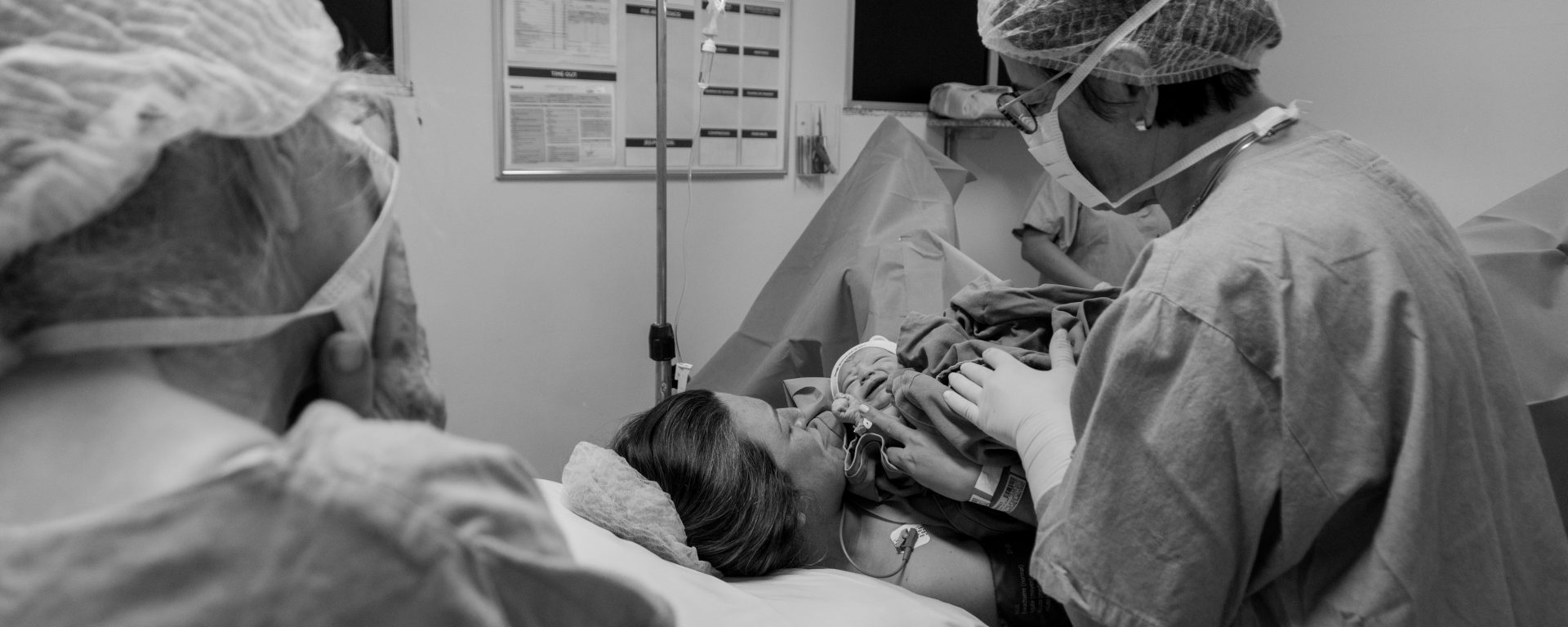In a groundbreaking study conducted by Bruce C Twaddle, et. al., (2007) the conventional wisdom surrounding the treatment of Achilles tendon ruptures has been challenged. The study, titled “Early motion for Achilles tendon ruptures: is surgery important? A randomized, prospective study,” explores the intriguing question of whether surgery truly holds the key to optimal recovery, or if controlled early motion can be just as effective.
Traditionally, surgical intervention has been favored for treating Achilles tendon ruptures due to its perceived advantages. Surgically treated patients were believed to benefit from earlier mobility and potentially better outcomes. However, this new research casts doubt on the necessity of surgery and highlights the significance of early motion in rehabilitating this common injury.
The researchers designed a randomized, controlled clinical trial with a high level of evidence (Level 1) to compare the outcomes of patients with acute Achilles tendon ruptures who underwent surgical intervention versus those who received nonoperative treatment. Notably, both groups were subjected to a rehabilitation protocol that allowed controlled early motion using removable orthoses. This innovation marked a departure from the typical immobilization that often follows surgery, challenging the notion that surgical treatment is the only path to efficient recovery.
Over the course of 12 months, the participants were closely monitored, with several key parameters assessed. These included measurements of range of motion, calf circumference, and the Musculoskeletal Functional Assessment Instrument (MFAI) outcome score. Additionally, the study tracked occurrences of reruptures and complications, providing a comprehensive overview of the treatment’s effectiveness.
Strikingly, the results revealed a paradigm-shifting revelation. Both the surgically treated group and the nonsurgically treated group demonstrated comparable outcomes in terms of plantar flexion, dorsiflexion, calf circumference, and MFAI scores at various time points (2, 8, 12, 26, and 52 weeks). Importantly, the study identified only minor deviations, such as a small number of noncompliant patients requiring surgical rerepair in both groups.
Moreover, the complication rates and instances of reruptures were surprisingly low and exhibited no significant discrepancies between the two treatment approaches. This finding directly challenges the conventional belief that surgical intervention is the sole route to minimizing such risks.
Ultimately, the research underscores the significance of controlled early motion in the recovery process for Achilles tendon ruptures. The study’s results advocate for a reevaluation of the importance of surgery, suggesting that surgical intervention may not be the critical factor in achieving optimal outcomes. Instead, it appears that facilitating controlled early motion through innovative rehabilitation protocols could be the key to successful recovery.
In conclusion, this study offers a fresh perspective on the treatment of Achilles tendon ruptures. By demonstrating that controlled early motion yields comparable functional results and low rerupture rates across both surgically and nonsurgically treated groups, the research paves the way for a reimagined approach to healing this prevalent injury. The findings signal a shift in the treatment paradigm and open avenues for further investigation into nonoperative methods for Achilles tendon rupture rehabilitation.
Reference: Twaddle, B. C., & Poon, P. (2007). Early motion for Achilles tendon ruptures: is surgery important? A randomized, prospective study. The American journal of sports medicine, 35(12), 2033-2038.
